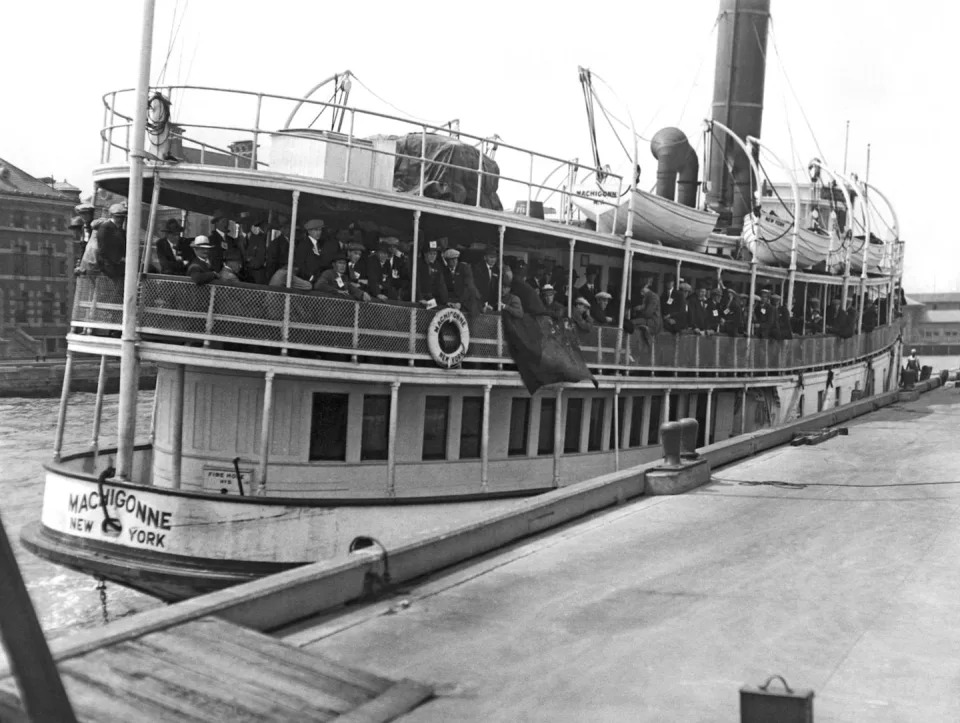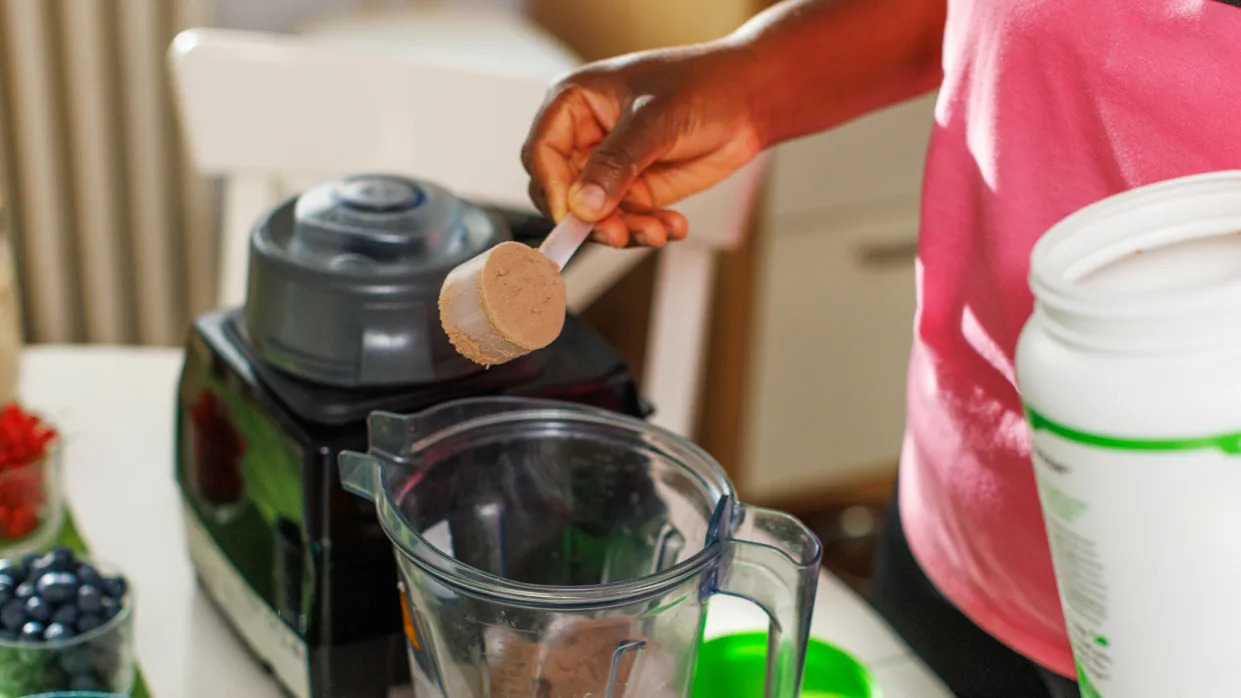Business Insider
Russia’s elite paratroopers and marines are refusing orders to launch ‘human wave attacks,’ Ukraine official says
Nathan Rennolds – January 20, 2024

- Elite Russian troops are refusing to launch “human-wave attacks,” a Ukrainian official said.
- Nataliya Humenyuk said marines and paratroopers are concerned over huge losses in the assaults.
- She said former prisoners and poorly trained reservists typically carry out costly frontal assaults.
Russian marines and paratroopers are refusing to launch certain types of assaults due to concerns over the huge losses other troops are suffering, a Ukrainian official said, the Kyiv Post reported.
Nataliya Humenyuk, a press secretary for the Armed Forces of Ukraine’s Joint Command South, said that the soldiers considered “themselves ‘elite troops'” and did not “want to go into frontal assaults” that former felons and reservists typically carry out, the outlet reported.
Throughout the Russian invasion, Russia has become increasingly reliant on high-risk frontal assaults involving waves of attacks that probe Ukrainian positions and seize small portions of territory at the cost of substantial casualties.
The leader of the mercenary Wagner Group, Yevgeny Prigozhin, who died in a plane crash last August after leading a failed mutiny in June, described the tactic as a “meat grinder.”
Humenyuk cited Russian attacks on Krynky in the Kherson Oblast in southern Ukraine, saying that Russian troops assaulting Ukrainian marine positions there were being hit with losses of more than 50%.
“At present in our sector the number of units of the type ‘Shtorm-Z’ [low-grade Russian units made of up older reservists and former felons, often committed to carry out human wave attacks] is falling and we are seeing more naval infantry and paratroopers,” Humenyuk said.
“But they consider themselves ‘elite troops,’ and they don’t want to go into frontal assaults like that,” she added.
One of Russia’s newly formed paratrooper units, the 104th Guards Airborne Division, appeared to be hit particularly hard in its combat debut in the Kherson region late last year, the UK Ministry of Defence said in an update on the conflict in December.
It said the unit “highly likely suffered exceptionally heavy losses and failed to achieve its objectives during its combat debut in Kherson Oblast,” aimed at dislodging Ukrainian positions near Krynky.
Krynky has been the scene of heavy fighting over the past few months as Ukrainian forces have attempted to recapture ground across the Dnipro River.

Conditions in the region have made fighting difficult for both sides, with marshes, water-filled bomb craters, and mud making it almost impossible for troops to dig in, The New York Times reported.
Despite Ukrainian officials’ claims that the country’s marines had gained ground on the eastern side of the river, soldiers and marines told The Times that this was an exaggeration.
“There are no positions. There is no such thing as an observation post or position,” Oleksiy, a soldier who fought in Krynky and only gave his first name, said. “It is impossible to gain a foothold there. It’s impossible to move equipment there.”
“It’s not even a fight for survival,” he added. “It’s a suicide mission.”
But its success in the skies above the Dnipro bolstered Ukraine’s difficult position on the ground.
Russia appears to be struggling to defend against Ukraine’s drone attacks because of a shortage of electronic-warfare capability in the area, the UK’s Ministry of Defence said.
Ukraine’s forces have been using first-person-view drones to strike Russian vehicles, the UK Ministry of Defence said in an intelligence update.
The ministry said that a Russian military blogger estimated that 90% of Russian military equipment deployed around Krynky has been destroyed.










